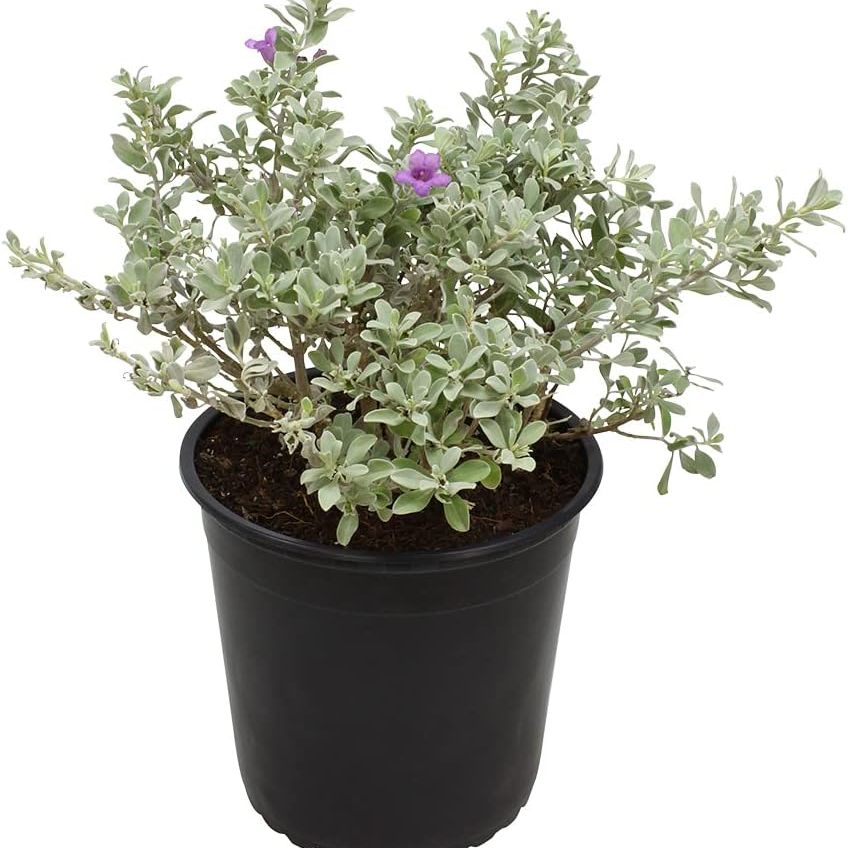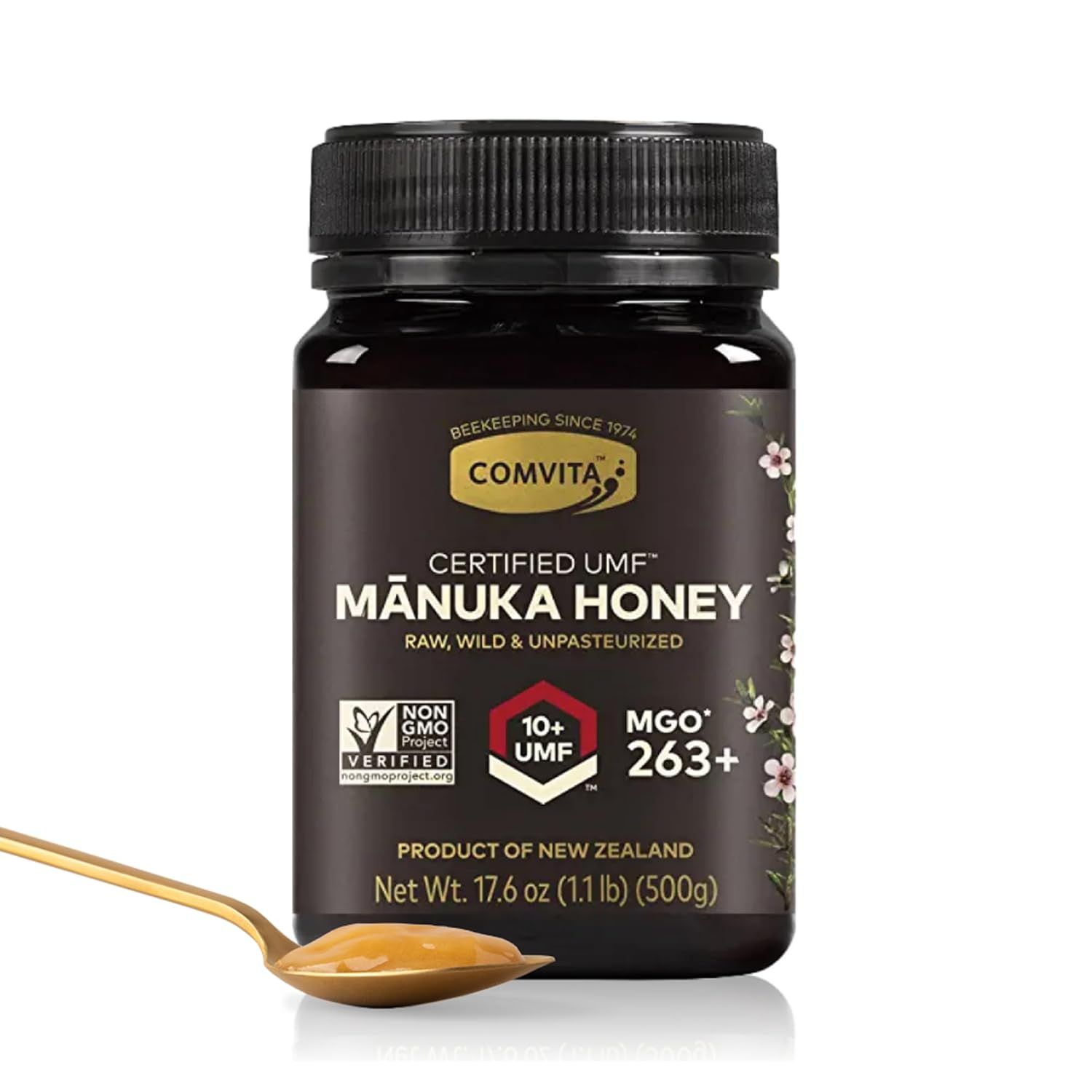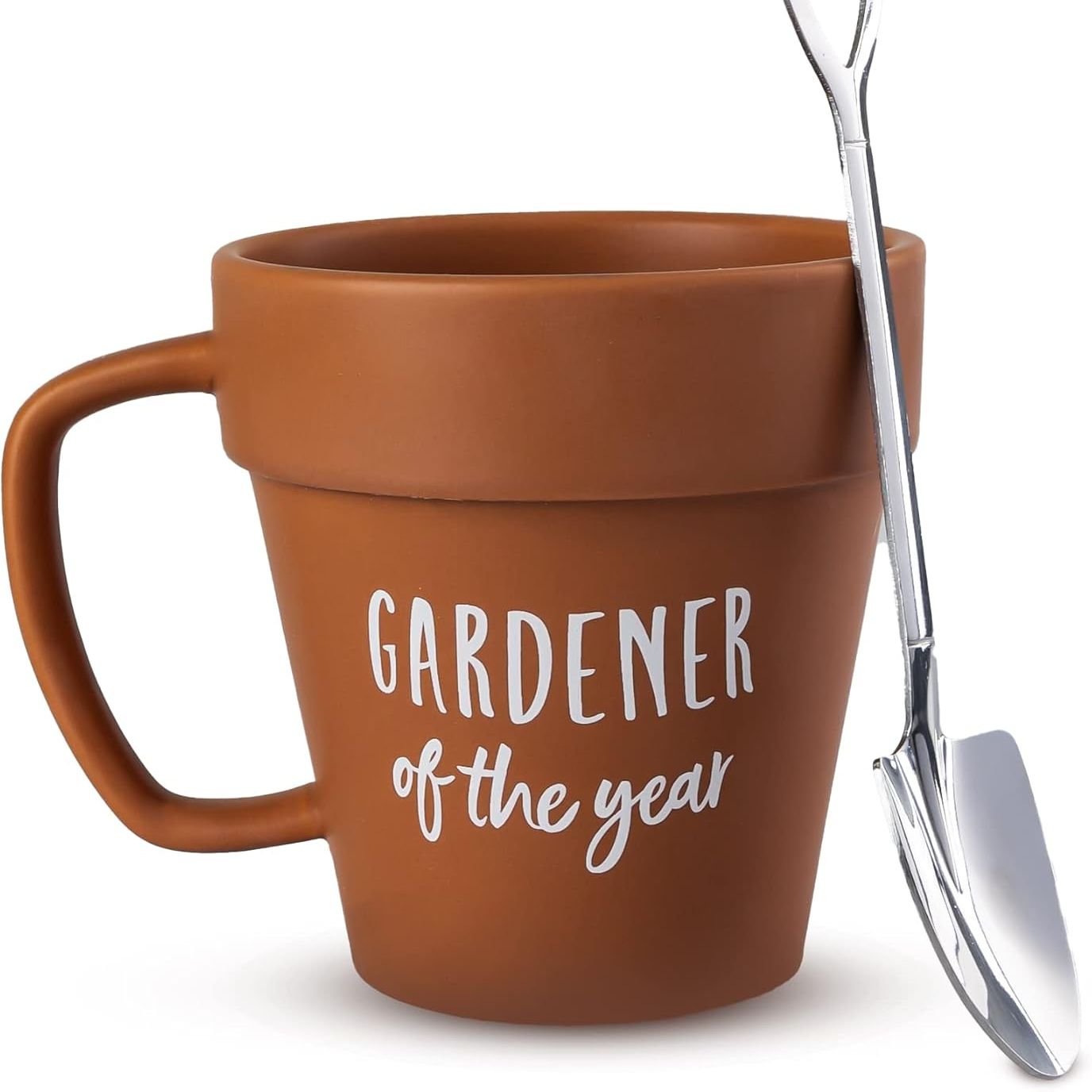This 1 Garden Herb Is a Must-Grow for Cold & Flu Season (I Plant It Every Year!)
If you only grow one garden herb this winter, here's why you need to make it this one...
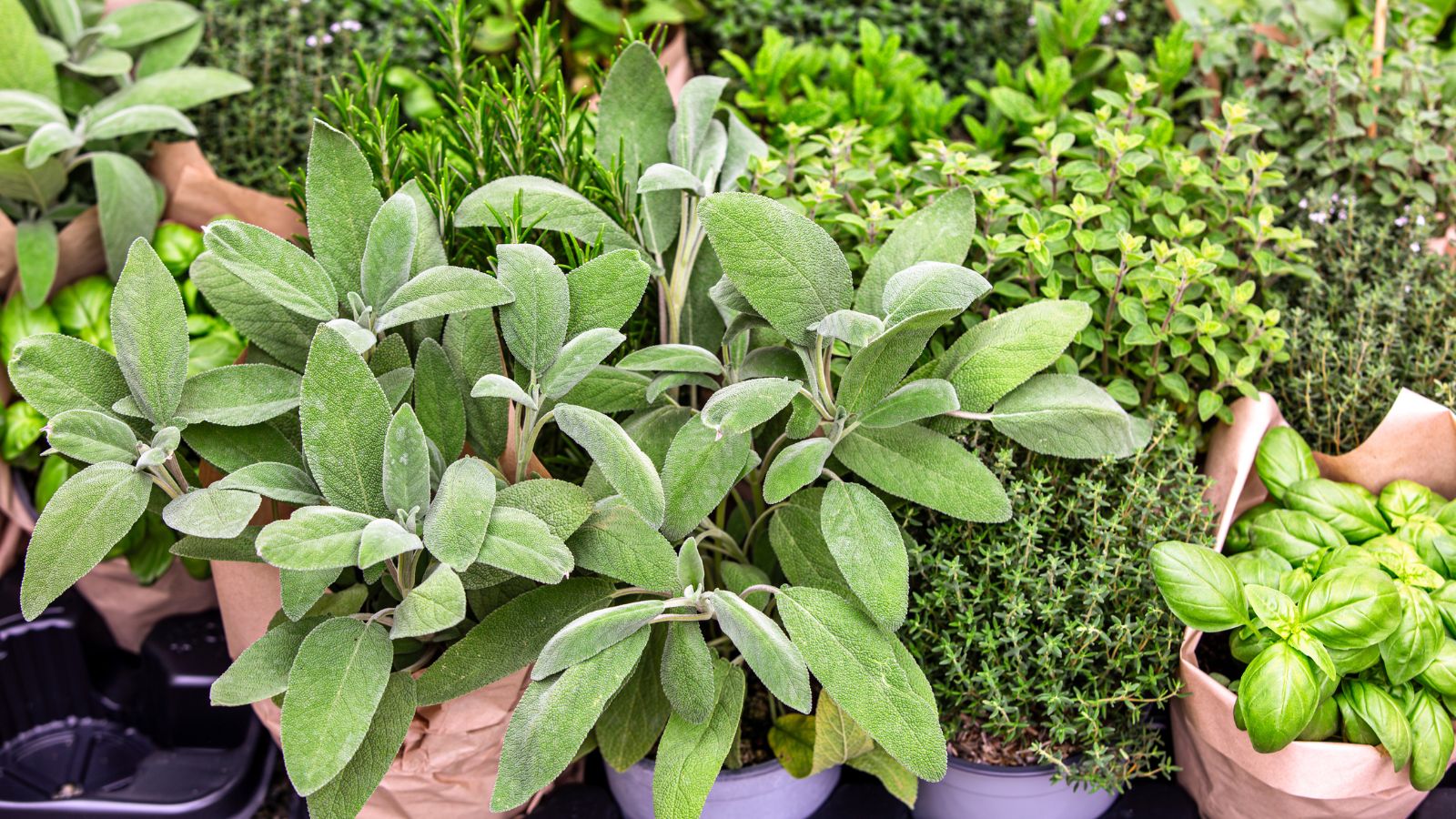

Every single fall, just as the nights start drawing in and my children turn into the rosy-cheeked equivalent of plague rats (I love you both, you tiny germ harborers), I find myself turning to the same fragrant garden staple that takes our cold-and-flu season from chaotic to just-about-manageable. I grow it every single year, and it never lets me down.
Not only is this garden herb unfussy and cold-hardy, but it also comes with centuries of traditional use behind it thanks to its natural anti-inflammatory and antibacterial properties. And, while I’m not in the business of claiming any plant is a cure-all, I am very much in the business of sharing the simple, everyday things that genuinely make cold-season life easier.
Now, doctors are clear: for those minor coughs, sore throats and sniffles that don’t warrant medication – the annoying but ordinary bugs we’re advised to manage at home with rest, fluids, and comfort measures – soothing herbal remedies can be wonderfully supportive. And this herb? It’s perfect for any low-level winter lurgy that just needs time and TLC.
How Sage Became My Winter Go-To
Unlike tender Mediterranean herbs that curl up and give in at the first frost, my beloved sage (Salvia officinalis) keeps going through the coldest months.
Happily hardy throughout USDA Plant Hardiness Zones 4-10, this perennial is actually a pretty cool customer (literally!) across the country, which means you don’t need to harvest and dry it before the frost hits as it can survive outdoors with minimal fuss. In warmer regions, you’ll find it stays evergreen year-round, and it’s one of the few herbs that reliably soldier on through biting winds and drizzly days over in the UK.
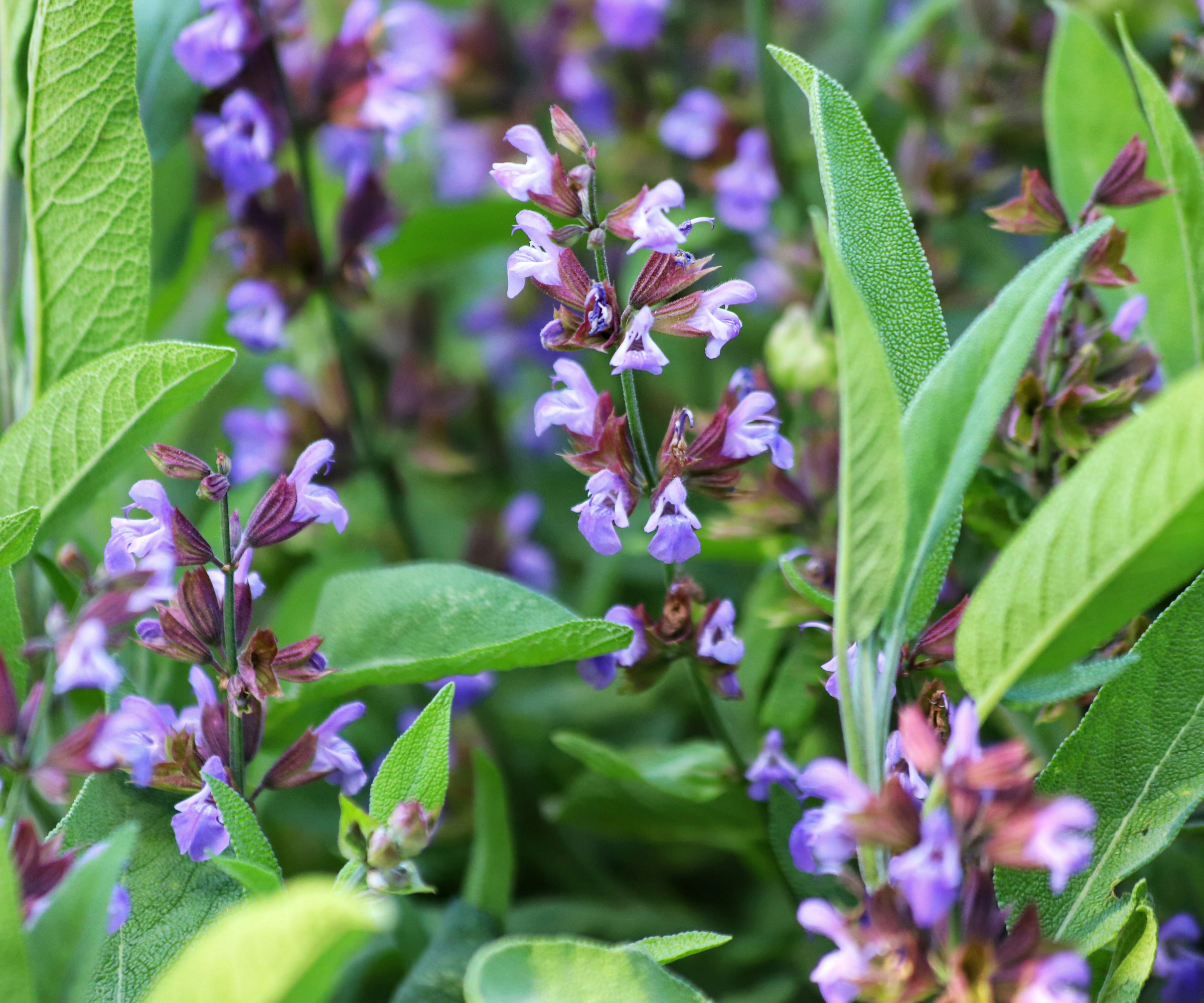
The best part? When cold-and-flu season really hits, I can step into the garden, grab a few leaves, and brew a soothing herbal tea before the kettle has even boiled.
Trust me: a handful of fresh leaves steeped in hot water with a spoonful of honey makes the kind of comforting drink that warms you from the inside out. And, while it won’t eliminate a cold entirely, it really does help ease sore throats and calm that scratchy, irritated feeling at the back of your nose.
Sign up for the Gardening Know How newsletter today and receive a free copy of our e-book "How to Grow Delicious Tomatoes".
Your shopping essentials:
A Natural Antibacterial Powerhouse
Researchers are increasingly interested in this herb’s potential antibacterial and anti-inflammatory effects. Traditional medicine has long used it for respiratory discomfort, and modern studies suggest it contains compounds that may help inhibit certain bacteria.
In a season when we’re trying to dodge every bug going, all while simultaneously wiping noses with one hand and trying to locate missing socks with the other (I swear I buy them in pairs), anything that naturally supports the immune system is worth having around.
Plus, unlike many medicinal herbs that taste downright awful, this one is delicious: warm, woodsy, slightly peppery, and perfect in both sweet and savoury winter dishes. In fact, I'm every bit as likely to be found adding sage leaves to roasted root vegetables and crumbling it over roasted chicken this winter as I am using this witchy plant to soothe coughs and sniffles.

Winter wellness can feel like a full-time job, especially when you’re juggling kids, work, festive commitments, and the general exhaustion that comes with darker days. Growing even one herb that supports that season? And one you can brew into a comforting drink that fills your kitchen with warmth and fragrance, no less? Well, that just makes life feel a little bit softer.
And honestly? This herb is the easiest win you’ll get this winter. It basically grows itself, handling poor soil, partial sunlight, and neglect like a pro. It smells glorious. It tastes even better. And when cold season hits hard, it’s one of the few garden ingredients you’ll be truly grateful to have right outside your back door.
If you’re only planting one herb this season, make it this one. Your winter self will thank you.

Kayleigh is an enthusiastic (sometimes too enthusiastic!) gardener and has worked in media for over a decade. She previously served as digital editor at Stylist magazine, and has written extensively for Ideal Home, Woman & Home, Homes & Gardens, and a handful of other titles. Kayleigh is passionate about wildlife-friendly gardening, and recently cancelled her weekend plans to build a mini pond when her toddler found a frog living in their water barrel. As such, her garden – designed around the stunning magnolia tree at its centre – is filled to the brim with pollinator-friendly blooms, homemade bird feeders, and old logs for insects to nest in.
